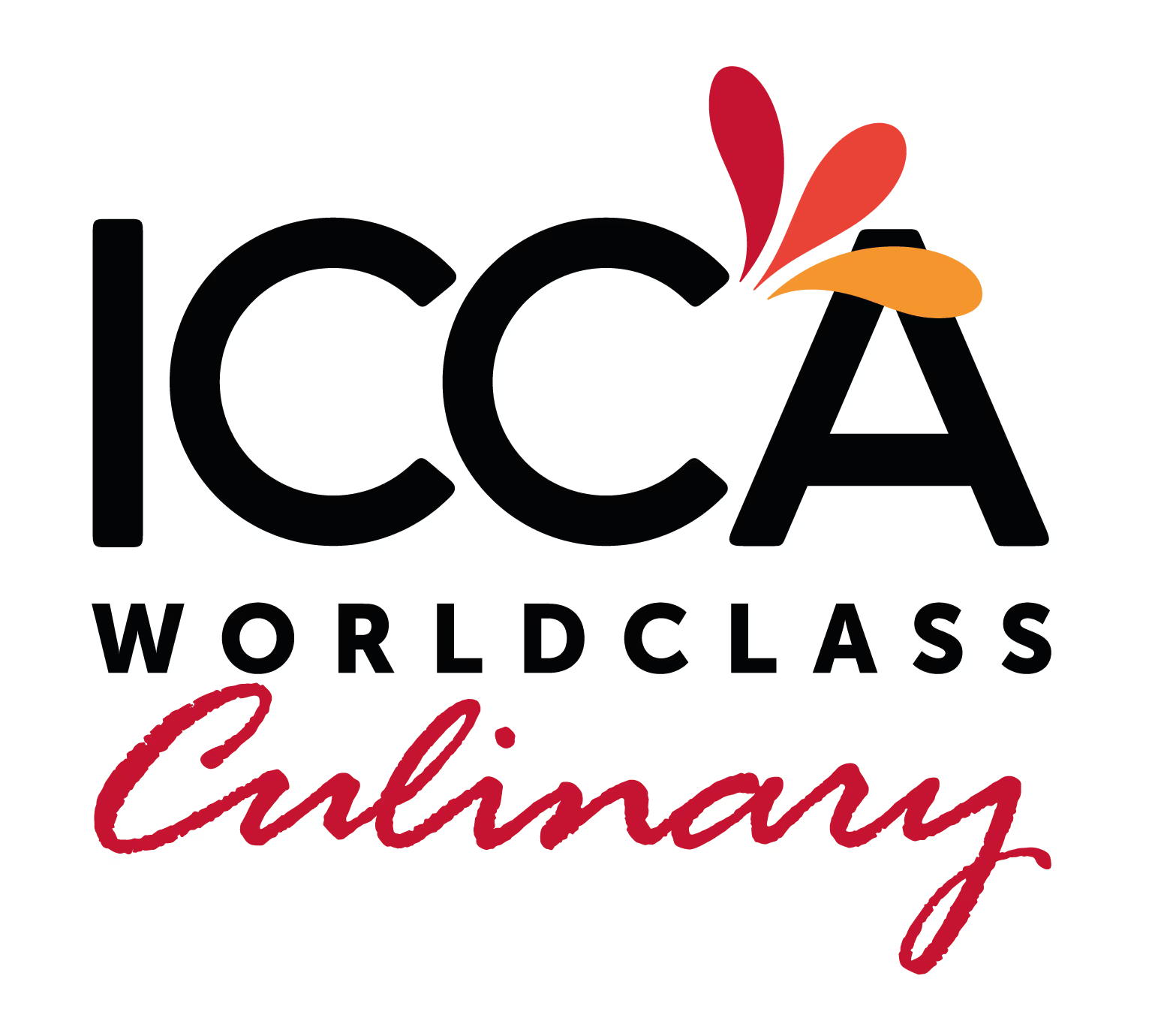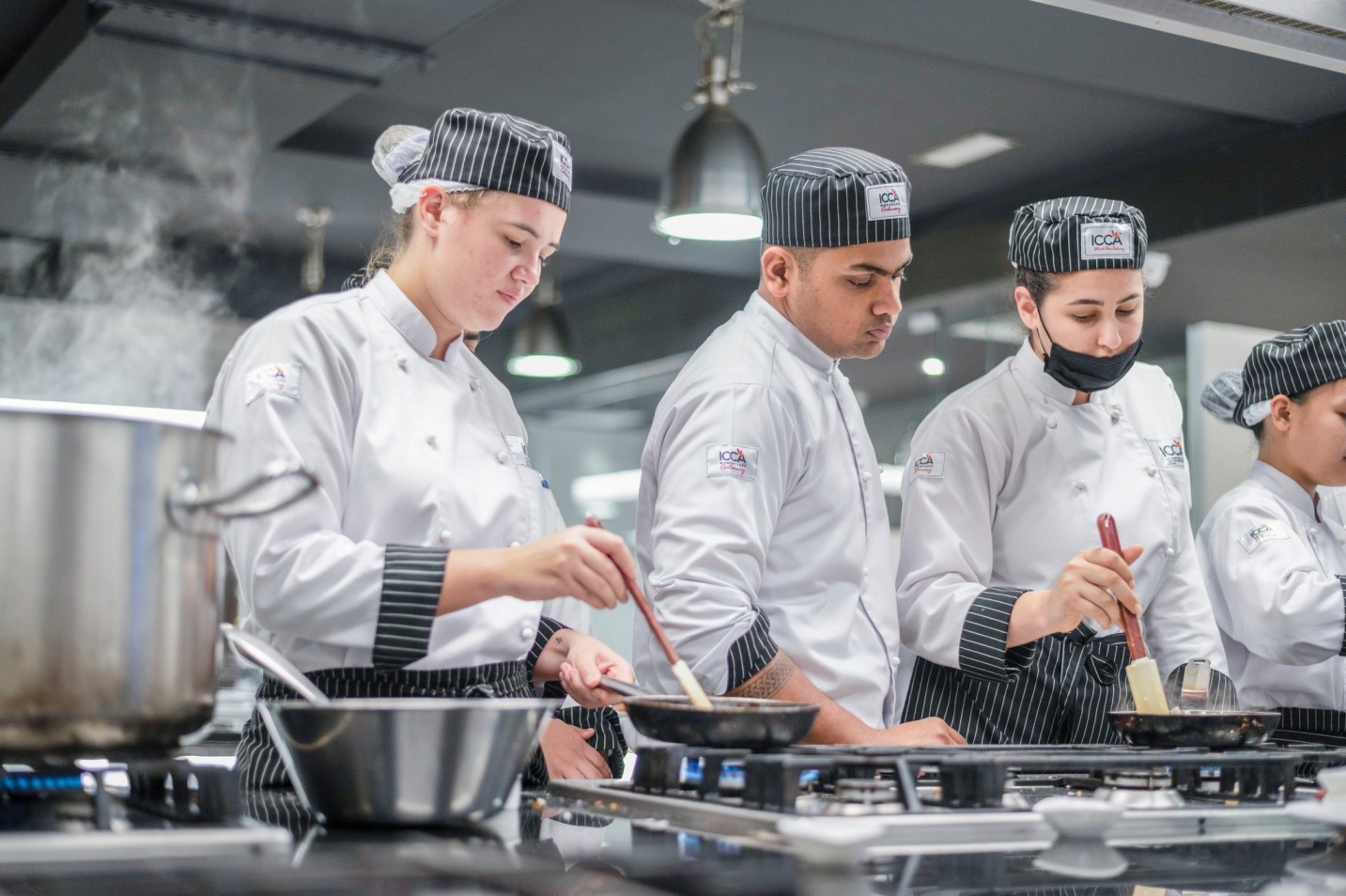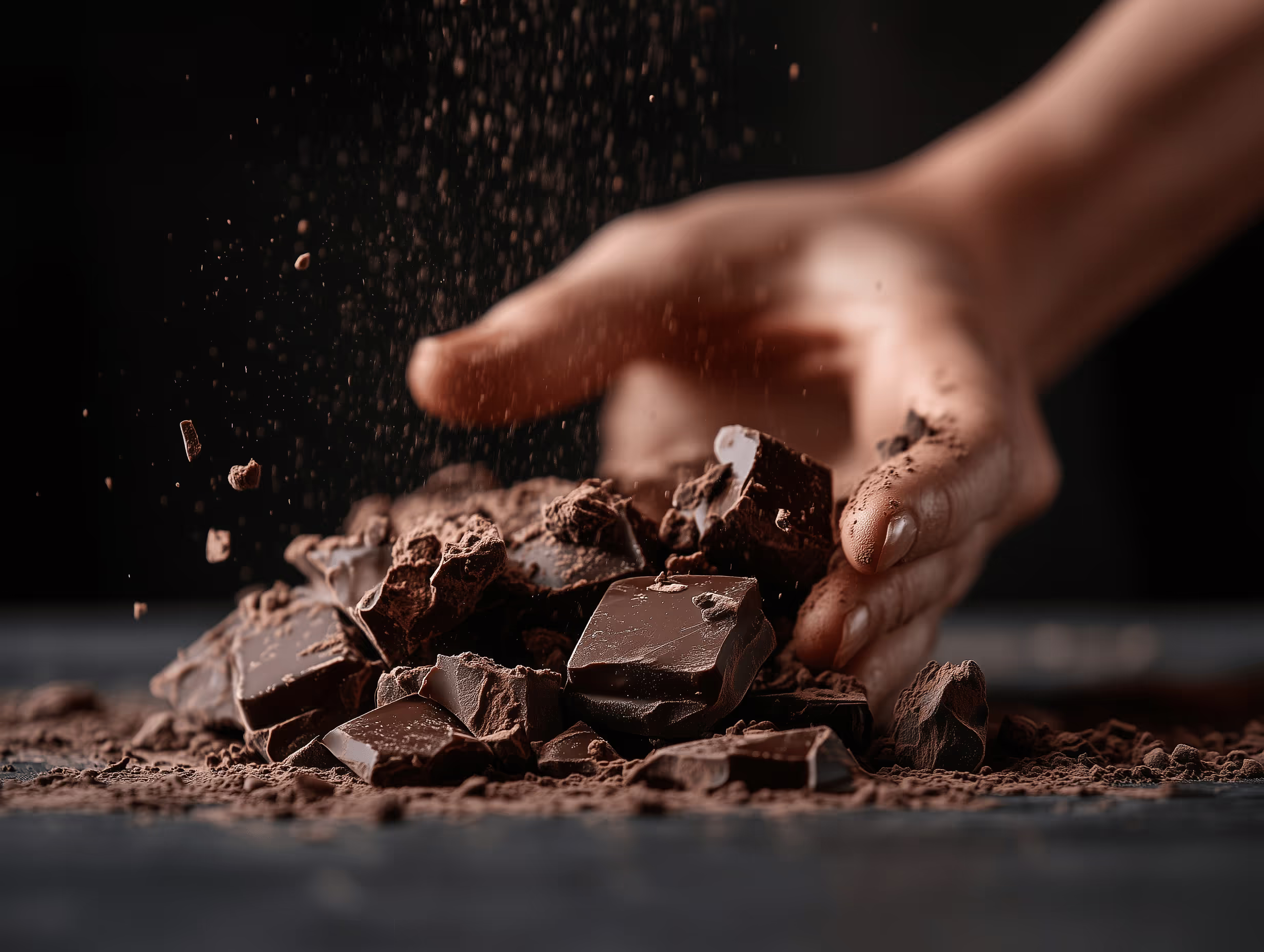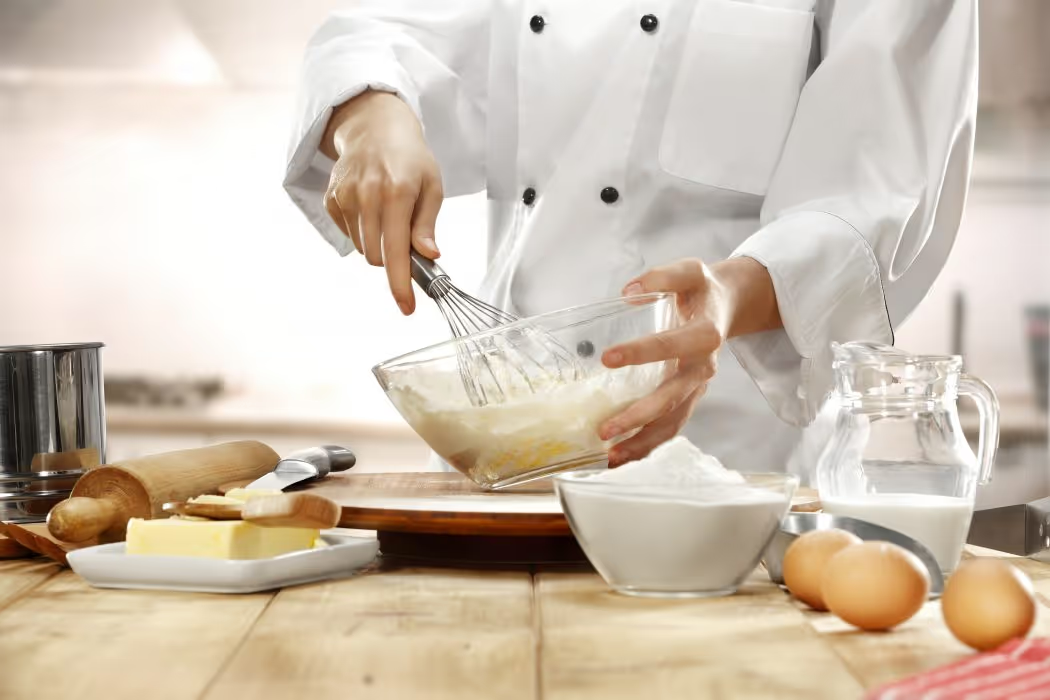Knife skills are more than just a set of techniques; they're a reflection of a chef's professionalism and attention to detail. In culinary schools, especially those in India, students quickly learn that efficient and safe knife work is essential.
Proper knife techniques ensure uniform cooking, enhance dish presentation, and, most importantly, prevent injuries. As you embark on your culinary journey, honing these skills will set you apart in both academic and professional kitchens.
Essential Knives Every Culinary Student Should Own
Understanding the tools of the trade is the first step in mastering knife skills. Here are the primary knives every culinary student should be familiar with:
-Chef's Knife (8–10 inches): The all-purpose tool for chopping, slicing, and dicing.
-Paring Knife (3–4 inches): Ideal for intricate tasks like peeling and trimming.
-Serrated Knife: Perfect for slicing bread, tomatoes, and other delicate items.
-Boning Knife: Designed for removing bones from meat, poultry, and fish.
Each knife serves a unique purpose, and knowing when and how to use them will enhance your efficiency and precision in the kitchen.
Mastering the Grip: Pinch vs. Handle
The way you hold your knife directly impacts your control and safety. Two primary grips are commonly used:
-Pinch Grip: Pinch the blade between your thumb and index finger, with the remaining fingers wrapped around the handle. This grip offers maximum control and is preferred for tasks requiring precision.
-Handle Grip: Hold the handle with all fingers, similar to how you would hold a hammer. While this grip is comfortable, it offers less control than the pinch grip.
Practicing both grips will allow you to choose the most appropriate one for each task, ensuring both safety and efficiency.
Fundamental Knife Techniques Every Culinary Student Must Learn
Mastering basic cuts is essential for any aspiring chef. Here are some fundamental techniques:
-Chop: Roughly cutting ingredients into bite-sized pieces.
-Dice: Cutting ingredients into uniform cubes; sizes include small, medium, and large.
-Mince: Finely chopping ingredients, often used for garlic and herbs.
-Julienne: Cutting ingredients into thin matchstick-like strips.
-Brunoise: A very fine dice, often used for garnishes.
-Batonnet: Cutting ingredients into thick matchstick-like strips.
Practicing these cuts will improve your consistency and presentation skills.
Knife Safety: Protecting Yourself and Others
Safety is paramount when working with sharp tools. Here are some essential safety tips:
-Use a Stable Cutting Surface: Always use a flat, stable cutting board to prevent slipping.
-Keep Knives Sharp: A dull knife requires more force and is more likely to slip, leading to accidents.
-Store Knives Properly: Always store knives in a knife block or on a magnetic strip to prevent accidents.
-Be Aware of Your Surroundings: Always be conscious of where your hands and other body parts are in relation to the knife.
By adhering to these safety practices, you can minimize the risk of injury in the kitchen.
Maintaining Your Knives: Longevity and Performance
Proper maintenance ensures your knives remain effective and safe to use:
-Honing: Regularly hone your knives to maintain the edge between sharpenings.
-Sharpening: Periodically sharpen your knives using a sharpening stone or professional service.
-Cleaning: Hand wash knives immediately after use and dry them thoroughly to prevent rust.
-Storage: Store knives properly to prevent damage to the blade and reduce the risk of accidents.
Investing time in maintaining your knives will prolong their lifespan and ensure optimal performance.
Advanced Techniques: Elevating Your Skills
Once you've mastered the basics, consider exploring advanced techniques:
-Chiffonade: A method for slicing leafy vegetables and herbs into thin strips.
-Rock Chop: A technique involving a rocking motion of the knife, often used for herbs and garlic.
-Cross-Hatching: A method for creating uniform dice by making parallel cuts in two directions.
These advanced techniques will enhance your versatility and presentation skills in the kitchen.
The Bigger Picture: How Knife Skills Impact Your Career
Knife skills are the bedrock of culinary arts. By mastering these techniques, you not only improve your efficiency and safety but also elevate the quality of your dishes. Whether you're a culinary student or an aspiring chef, investing time in honing your knife skills will pay dividends throughout your career. Remember, every great dish begins with a precise cut.
Start by dedicating time each day to practice your knife skills. Use a variety of ingredients to familiarize yourself with different textures and techniques. Mastering the basics is just the beginning. Explore our Professional Diploma Programs and take your culinary skills to the next level—starting with every cut you make.








